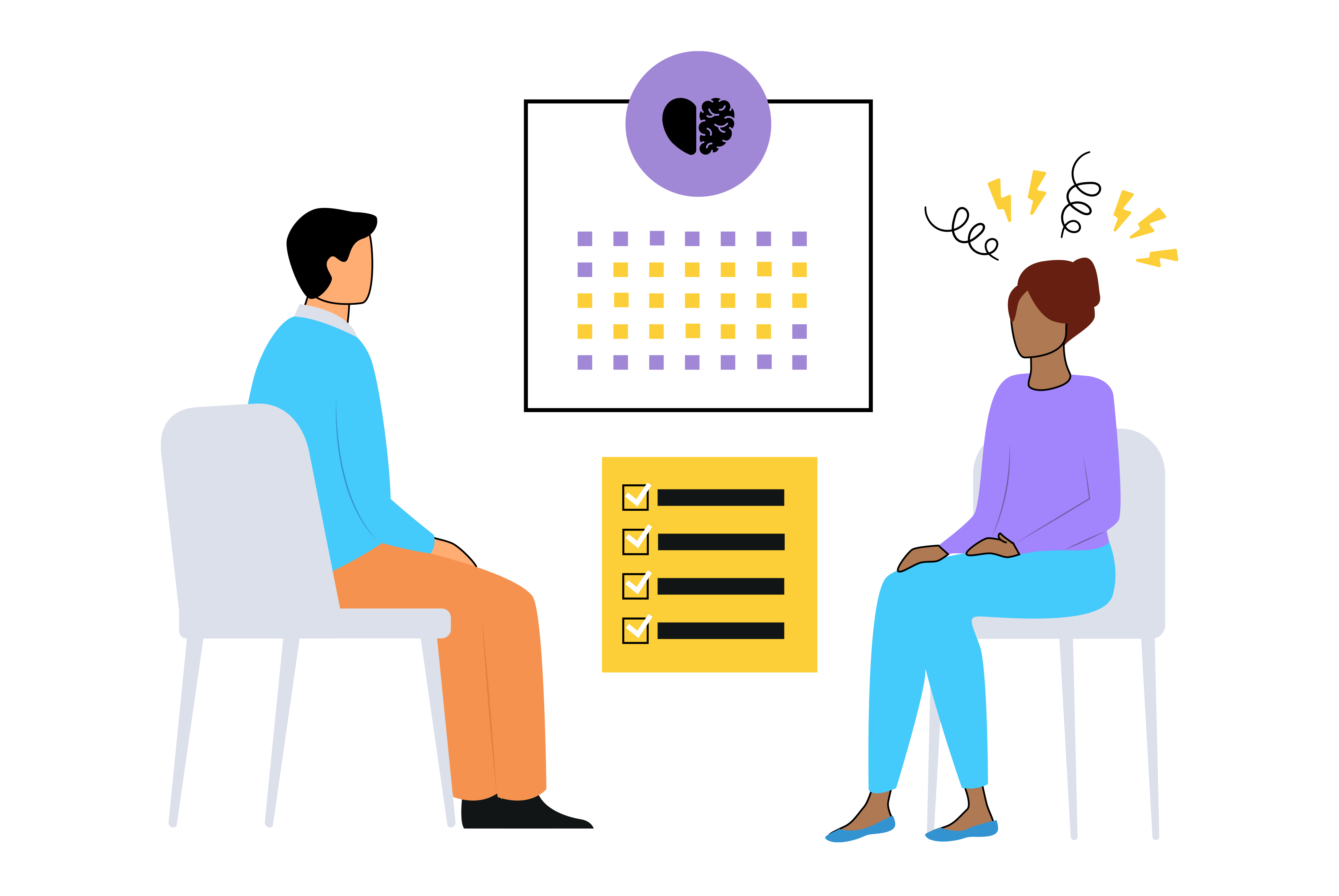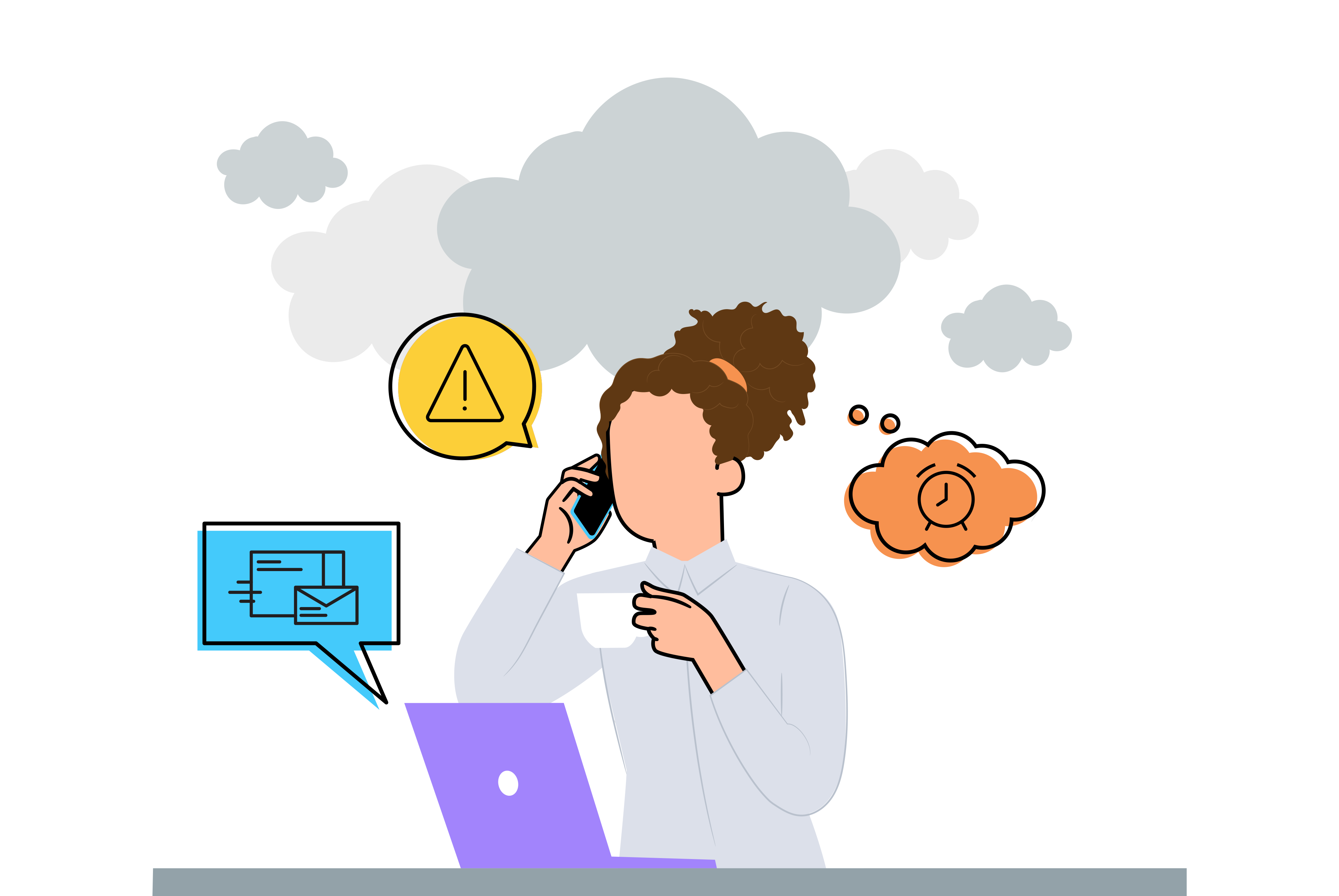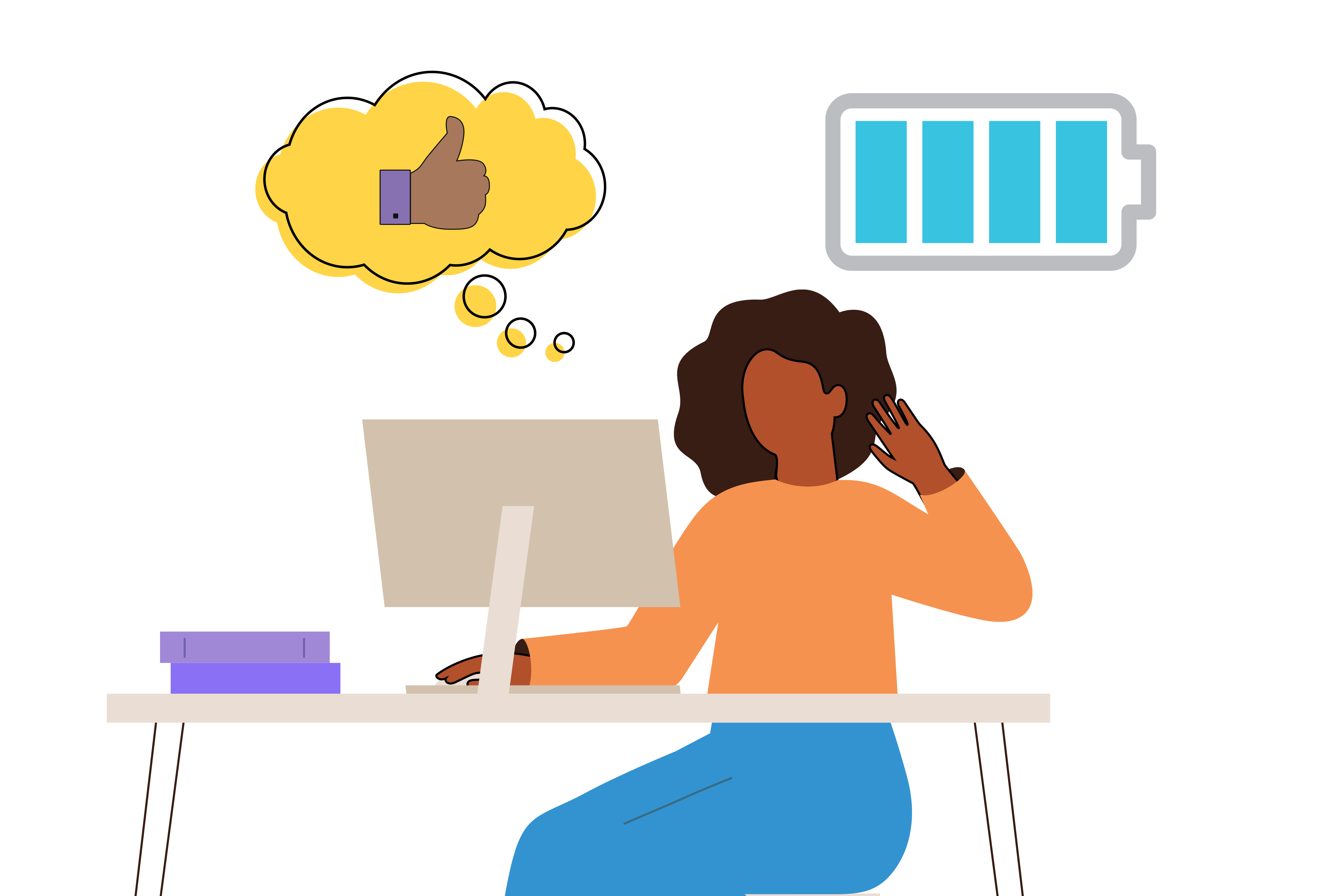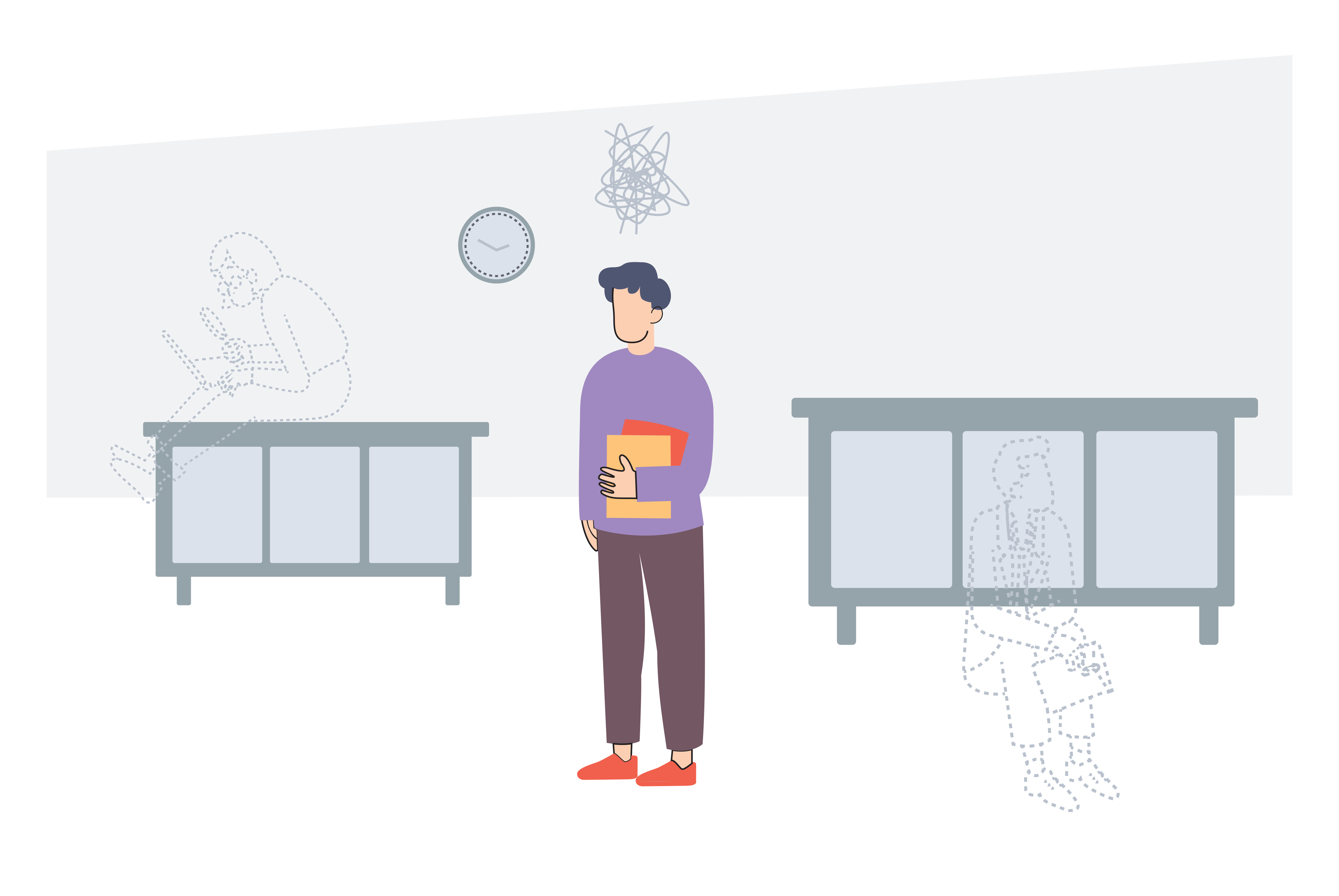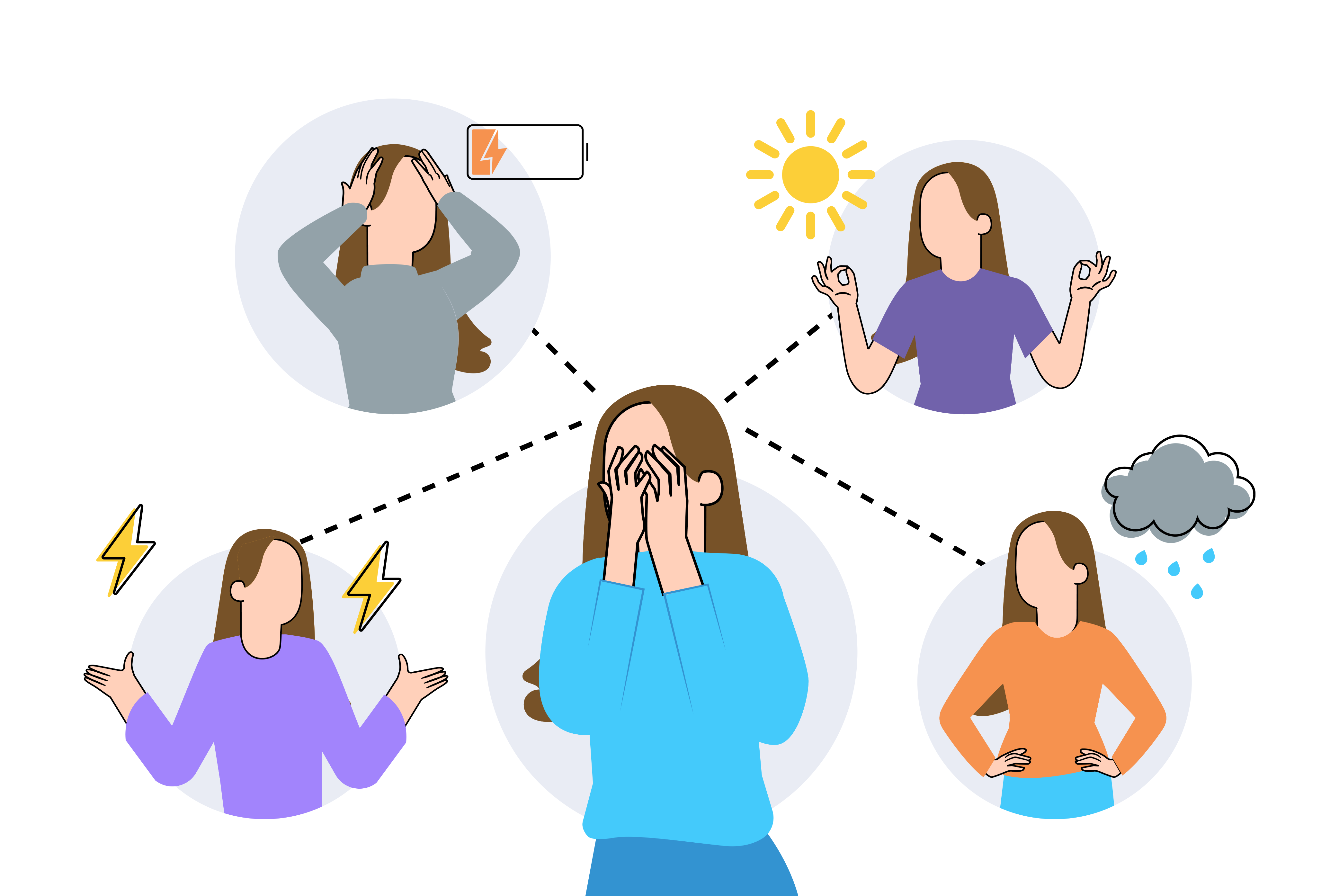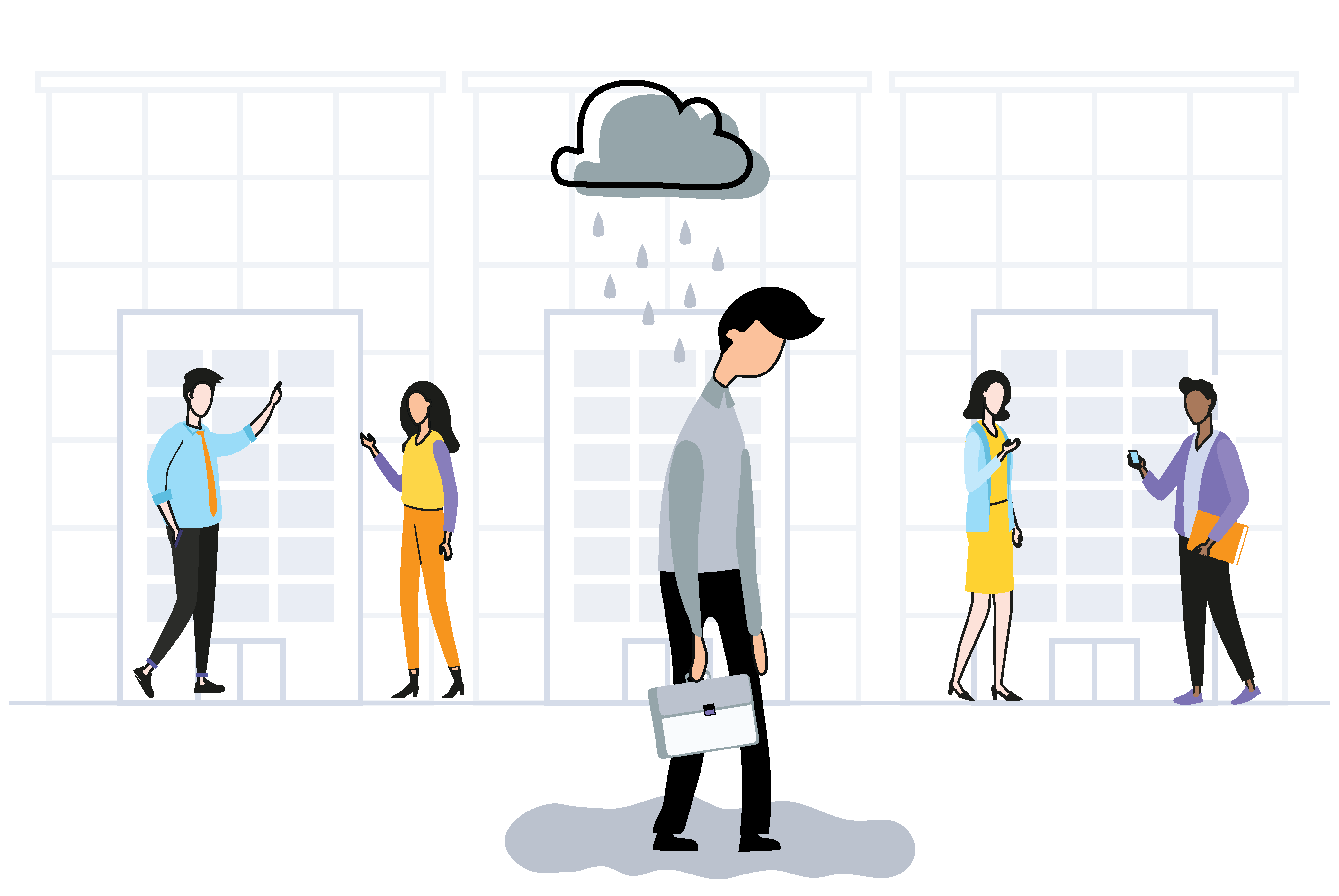Overview
How workplace stress impacts an individual’s mental health conditions
Review of short-term disability meaning and qualifying conditions
Guidelines on how to apply for short-term disability for anxiety and depression
How you can make the most of your short-term disability leave before it elapses
Introduction
According to the American Institute of Stress, 83% of U.S. workers suffer from work-related stress. Of these workers, 25% say their job is the number one stressor in their life.
There are many potential causes of workplace stress, including:
Anxiety and depression are mental health disorders associated with workplace stress. Aside from affecting the well-being of employees, it also affects the productivity of organizations. Depression-induced absenteeism costs U.S. businesses $51 billion a year on average.
One efficient way of getting the needed break from work-related mental health conditions like depression and anxiety is through short-term disability. You may be wondering, what is short-term disability, and how does it work? Our guide will provide valuable information on these benefits, the qualifying conditions, and more.
What Is Short-Term Disability?
A short-term disability policy covers some portion of employee salary when they’re unable to work due to temporary health conditions. The coverage offers you income protection when conditions like non-job-related injuries, stress-induced mental health conditions, and other temporary medical conditions prevent you from carrying out job duties.
Short-term disability insurance provides coverage for a duration of between three to 12 months.
Unfortunately, disability is part of life and can happen when least expected. According to the Council for Disability Awareness, 5% of working Americans will experience a short-term disability each year owing to illness, injury, and other related conditions. Short-term disability offers a continuous, reliable income source, which can play a vital role in recovery.
Short-Term Disability Qualifying Conditions
For clarity, short-term disability is not the same as a worker’s compensation policy. Although similar, both differ in application. While short-term disability insurance encompasses non-work-related injuries, worker’s compensation is specific to injuries in the workplace or as an indirect result of your job. One incident cannot qualify for both policies at the same time.
To qualify for benefits under short-term disability coverage, you must demonstrate or document your inability to perform your job duties due to illness or injuries. Nevertheless, the policy doesn’t cover all health conditions. For instance, common diseases like flu, headache, upset stomach, or prolonged medical conditions like cancer are not covered. Prolonged conditions are covered by long-term disability insurance.
A short-term policy covers things such as:
Maternity leave
Mental health issues like anxiety and depression
Muscle and skeletal injuries
Surgical rehabilitation
Digestive disorders
Injuries from major accidents
Can Short-Term Disability Be Used for Anxiety and Depression?
Yes, anxiety and depression qualify you for short-term disability benefits. Although, insurance companies differ in their definition of disability and applicable disabling conditions.
According to the Anxiety and Depression Association of America, Anxiety disorders are the most common mental illness in the U.S., affecting 18.1% of the population annually. Anxiety usually occurs at the same time with a major depressive disorder, eating disorders, panic disorders, post-traumatic stress disorders, or bipolar disorders.
The Americans with Disability Act provides specific requirements for an employee to qualify for reasonable accommodation under such medical conditions:
Aside from written documentation, you also need to have medical evidence that can back your claim from your healthcare provider. Mental health conditions like major depression will qualify you. However, suppose you do not want your employer to know your specific diagnosis? In that case, you may provide documentation that provides only general information (e.g., anxiety disorders, clinical depression, etc.).
Is It Hard to Get Short-Term Disability for Anxiety and Depression?
Unfortunately, mental health conditions like anxiety and depression cannot be diagnosed through a physical assessment, an X-ray, or an MRI, unlike physical disabilities. To carry out a diagnosis, healthcare providers, for the most part, will rely on your reported symptoms and careful observation of your demeanor. It is not as easy to get a short-term disability for mental health conditions compared to physical impairment. Its subjective nature makes it challenging to prove for benefit purposes.
However, that doesn’t mean it’s impossible. Speaking up early about your mental health disabilities is one approach that can smoothen the process. In addition, speaking up on time will prevent your condition from degenerating into a long-term disability.
Furthermore, you need to consult certified healthcare providers, seek second or third opinions for proper treatment, and know if there will be a need for hospitalization. Consultation is a great documentation approach as employers do not rely only on ordinary claims but also on medical records to grant reasonable accommodation. Most vitally, know your rights and educate your employees about them.
How to Apply for Short-Term Disability for Anxiety and Depression
To be eligible for the claim application for short-term disability, you must have been enrolled in the coverage for a specific period of time. The exact duration depends on the insurance company’s policy. Once your eligibility has been determined, you can proceed with the following steps.
Talk With Your HR Representative
Before kick-starting the application, you must have a constructive conversation with the HR representative regarding your condition. The earlier this conversation happens, the better.
If the HR department is aware of your condition, the application process is straightforward. At your request, HR will provide you with the short-term disability insurance claim form. A three-in-one structure comprising:
The claimant form. Here, you provide requisite information about yourself, the job, why you’re applying for the claim (including a specific mental health condition), etc.
The employer form. Here, your employer will provide your job description, salary, employment status, and history with the company. The employer also needs to provide information about other compensation plans.
The attending physician form. Here, your physician certifies your medical condition and how it impacts you.
Suppose HR doesn’t have the claim form at your request? In that case, you can contact the insurance company through the contact information on your policy documents (which would have been given to you when you enrolled for the coverage).
Your Doctor’s Opinion Is Critical to a Successful Claim
Medical evidence is vital for any health-related insurance claim, whether physical injuries, childbirth, or complex cases like mental disorders. In the attending physician statement, your doctor will detail your medical condition, how it impacts your ability to function, and treatment plans. Furthermore, they’ll provide recommendations for reasonable accommodations to meet your needs. All these are essential for a successful claim.
Once you submit the claim form, the claim administrator for the insurance company will review your medical evidence to ensure it supports your disability claims. Subsequently, the company will reach a decision. You can always appeal if your claim for a short-term disability benefit is rejected.
What to Know About Filing for Short-Term Disability for Mental Health
Before filing a short-term disability claim for mental health conditions, you need to know a few things.
Short-Term Disability Claim Filing Deadlines
Completed claim forms must be submitted directly to your insurer following the guidelines for submission.
Once the insurance company receives your claim, the administrator has 45 days to review it, followed by two 30-day extensions if necessary — combining for a total of 105 days. That is to say, within 105 days, they’ll provide you with written notice of their decision. Your doctor’s opinion may hasten their decision-making process, so be sure to provide that early on.
How Long Can Short-Term Disability Benefits Last?
Short-term disability insurance benefits are paid directly into your bank account. You can use the money to settle rent or mortgage, utilities, groceries, credit card or loan repayment, or anything you deem necessary.
The benefit duration varies according to different insurance policies. That is why you must be conversant with your insurance policy. Most short-term disability insurance benefits last between three to 12 months.
When the healing period exceeds this, you may transition to long-term disability insurance or explore other compensation methods such as social security disability insurance (SSDI) and supplemental security income (SSI).
Treatment Is Key to a Successful Short-Term Disability Claim
One efficient way to fast-track your healing process during your short disability leave is by seeking the help of a mental health professional. See if your workplace offers any kind of counseling benefits. Some local charity organizations offer free consultations and can also guide you to valuable services at a subsidized rate.
You can also contact universities and teaching hospitals in your local area. Most offer mental health services, including some free services. We’re past the days when people shied away from their mental health conditions. By speaking up and seeking support, you prevent long-term mental health conditions and get the requisite care that’ll improve the quality of your life and well-being.
Furthermore, seeking assistance can help you recuperate fast enough to be fit for work by the time your benefit period elapses. Additionally, you need to be intentional about self-care to heal faster. With mental health, it’s always the little things that make a difference.
Some self-care tactics we recommend include:
Getting enough sleep
Eating a healthy breakfast
Connecting with your loved ones
Exercising daily
Cherishing the present moment
Performing random acts of kindness
Find a Low-Stress Career With Joblist
Short-term disability benefits can help keep you afloat when you’re unable to work due to excruciating mental health conditions. However, what if you could work in a company that prioritizes your mental health as much as they prioritize productivity? Well, that’s what Joblist helps you do.
Our system generates the best available low-stress jobs based on your preferences. We believe your job search should be flexible, unique, and without unnecessary stress. You only need to take the quiz and leave the rest to us.
Mentioned In This Article
